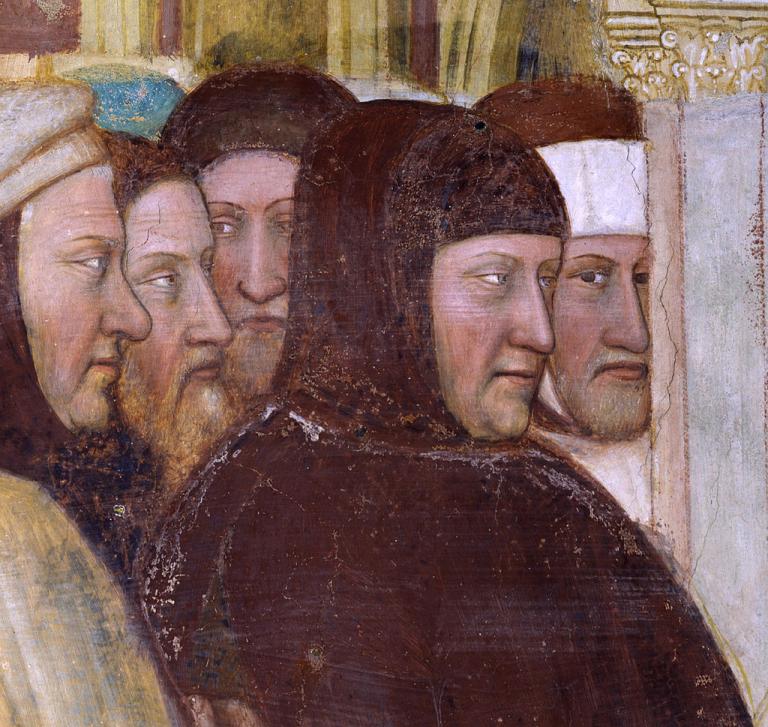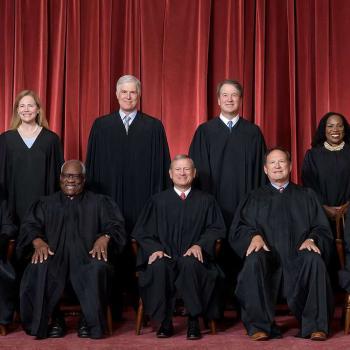Suppose you were living at a time when all around you, it seemed, civilization was breaking down. Political institutions were so little respected that the only way they could compel obedience was by increasing surveillance, multiplying laws, and tightening enforcement. People did not trust their leaders and suspected that elites were only interested in themselves. Many leaders were tyrannous, ignoring constitutional norms. Religious leaders engaged in scandalous behavior, and religious faith was losing its hold over the educated classes. Standards of personal behavior had collapsed, and it seemed that most people had forgotten what even ordinary decency was. Examples of upright character were hard to find, heroism almost unknown. The young went to universities only to learn how to earn money and achieve status. Even the military had grown corrupt. A great pandemic had taken many lives and filled people with fear. No one believed any more that medical science was honest about its ability to cope with the disease.
Welcome to the fourteenth century.
He continues:
The world I have just described was that of the mid-fourteenth century, as seen through the eyes of Francesco Petrarca, or Petrarch, the most famous poet of his time and the true founder of the Italian Renaissance. As my description of the times implies, it resembles our own world in certain key respects.
The historical parallels between fourteenth-century Europe and our own times can be useful to us in our current civilizational crisis. Petrarch decided to do something about the crisis of Christendom in his own era, and the path to reform he opened up, in my opinion, was not only highly successful, but imitable. He aimed to create a new synthesis between classical and Christian civilization, to use the resources of antiquity to heal the spiritual diseases of his own time. What he and his followers created over the next century and a half is known to historians as the Renaissance, the rebirth of antiquity. It followed a formula that can still work today.
The formula? Classical Education!
Prof. Hankin gives an excellent account of the seven liberal arts, their ossification in medieval scholasticism–which turned them into theoretical disciplines unattached to life–and their revival through “humane letters,” the study and emulation of classical literature. (This was not so much a brand new approach to education, as Prof. Hankin suggests, but a new emphasis on the liberal art of “rhetoric,” in the sense of the cultivation of creative language.)
This was the brainchild of Petrarch, who formulated the theory and the practice of this “humane education” and spread it first in Italy and then throughout Europe. This approach was not simply about building academic knowledge; rather, its “principal purpose was to develop good moral character and practical wisdom.” The result was a flowering of the arts, the sciences, and culture as a whole.
This new learning gave us the Renaissance, and it also gave us the Reformation. The university of Wittenberg was founded to pursue this new learning. One of the slogans of the movement was “back to the sources,” looking to original sources instead of the secondhand textbooks favored in medieval universities. In the field of theology, this meant study of the Bible. Luther was a theology professor at Wittenberg, who, in the course of preparing to give lectures on Romans, realized that “the just shall live by faith.”
A major proponent and practitioner of this humane education was another Wittenberg professor, Philip Melanchthon, who designed the curriculum of the new schools the Reformation was opening up everywhere. And, as Thomas Korcok has shown in his book Lutheran Education, this approach, combined with rigorous catechesis, would define Lutheran education for centuries.
Many Christian schools and homeschools are working to bring back classical Christian education, as is the Consortium for Classical Lutheran Education. (Go to that site and follow the links to learn more about this movement, its schools, its resources, and the inroads it is making.)
Prof. Hankins describes how Petrarch spread his ideas and his pedagogy by forming relationships and networks throughout Europe, gradually penetrating the existing universities, influencing important princes, and turning out students whose accomplishments were undeniable, leading to a cultural “rebirth” or “renaissance.”
Perhaps something similar is happening now. This is not the time to lose heart or to give up. Our cultural and intellectual breakdowns are simply evidence that something better is needed, and we Christians may be in a position to bring that about.
Illustration: Portrait of Petrarch, with others, by Altichiero, Public domain, via Wikimedia Commons














